HC Water Purification Network On June 27th, Premier Li Keqiang attended the opening ceremony of the 11th World Economic Forum (Davos in Summer) at the Dalian International Conference Center and delivered a special speech.

This forum is based on the theme of “Inclusive Growth in the Fourth Industrial Revolutionâ€. At the opening ceremony, the Prime Minister vividly explained the connotation of the current world economy and inclusive development with four metaphors.
Talking about the current world economy: green hills and mist
The Prime Minister opened the door and used the metaphor of "green hills and mists" to enter the theme: "I walked out of the meeting room with Mr. Schwab and his wife and some of the guests, looking at the distant view, there was a green hill, and the surface of the green hill covered a mist. When we appreciate this picture, we think of the world today. This green hill represents the stability of the world, the sustainability of mankind, the irresistibility of human civilization, and this mist may represent the uncertainty of the world. Unstable factors."
"We are holding a meeting like today, it is precisely to use stability in the change, to adapt to the uncertainty of the development of human civilization, to deal with uncertainty." He used this to point out the significance of the forum.
"As long as we don't relax, we can use stability to overcome uncertainty. Of course, our stability is constantly increasing in innovation and change," the Prime Minister said.

On the same day, the Top 10 Emerging Technologies 2017 (Top10EmergingTechnologies 2017) was released, and a series of breakthrough technologies such as the technology for extracting drinking water from the air and the “artificial leaves†that can convert carbon dioxide into fuel were selected.
This list was jointly selected by the World Economic Forum and the Expert Committee of Scientific American magazine. The ability to play a role in addressing major global challenges is seen as the primary criterion for selection. The selected new technologies have great potential in improving the quality of life, promoting industrial transformation and protecting the global environment. The selection committee also assesses the maturity of the selected technology to help it be promoted in the next three to five years.
Murat S?nmez, head of the Fourth Industrial Revolution Center of the World Economic Forum, said: “Emerging technologies are changing the global industry landscape on an unprecedented scale. Industry boundaries are blurring and new opportunities are emerging. Public and private sectors must develop policies. Establish new partnerships to promote innovative technologies that better serve the future of humanity while avoiding the hidden dangers that unfamiliar technology can pose to humans."

The top ten emerging technologies on the list include:
1. Non-invasive technology for the diagnosis of cancer: Ultra-sensitive blood tests called "liquid biopsies" can significantly reduce the difficulty of cancer diagnosis and care. Liquid biopsy is another step in the fight against cancer. First, it can act as a substitute when traditional biopsy cannot be performed. Second, liquid biopsy can provide more comprehensive information than tissue samples that only provide limited information. Finally, by locking the circulating tumor DNA (ctDNA), the genetic material that enters the blood circulatory system from cancer cells, disease progression or therapeutic resistance can be found more quickly than by relying on symptoms or images.
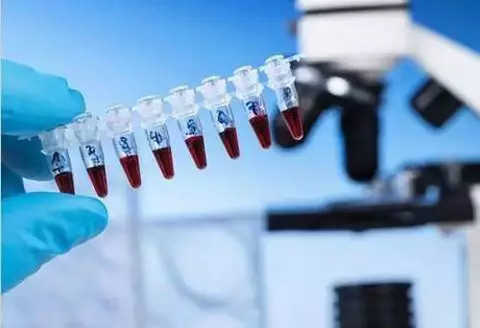
2. Extracting drinking water from the air: Produce clean water using solar technology that does not require access to the grid. The technique of extracting water from the air is not new, but the prior art requires high water content and a large amount of electricity. This situation is changing, and a research team from the Massachusetts Institute of Technology and the University of California at Berkeley has successfully used porous crystals to convert from air to water without the need for electricity. Another example is the Arizona-based startup ZeroOss Water, which can produce 2 to 5 liters of water per day using off-grid solar systems.

3. Deep learning and training is "good eyesight": In front of an image, the ability of observation and analysis of artificial intelligence is surpassing the interpretation of human experts such as doctors. Thanks to deep emerging learning (deeplearning), computer vision technology has been widely used in the fields of driverless, medical diagnosis, insurance claim damage assessment and water level, crop yield monitoring.
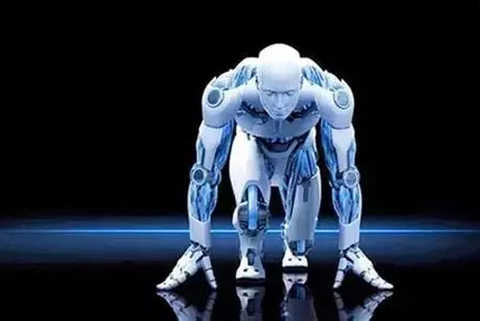
4. Artificial leaves: This technology converts carbon dioxide into other substances such as liquid fuels. Can we mimic the leaves to create and store energy for artificial photosynthesis? The outlook is increasingly optimistic, with the answer being the use of sunlight-activated catalysts to break down water molecules into water and hydrogen, and then use hydrogen to convert carbon dioxide into hydrocarbons. In such a closed system, the carbon dioxide produced by combustion will be converted back to fuel rather than to the atmosphere, a result that is revolutionary for the solar and wind energy industries.

5. Human Cell Atlas: This international collaboration aims to decipher the detailed functions of various cell types in the human body. The project, launched in October 2016, is supported by the ChanZuckerberg Initiative, a charity founded by Facebook CEO Zuckerberg, to determine the cell types in each organization; to accurately understand the genes, proteins and proteins in each cell type. The activity of other molecules and the process of controlling it; locating cells; understanding how cells interact; what happens to a person's physical function when a cell's genetic information changes. The final product of the project is significant for personalized care.
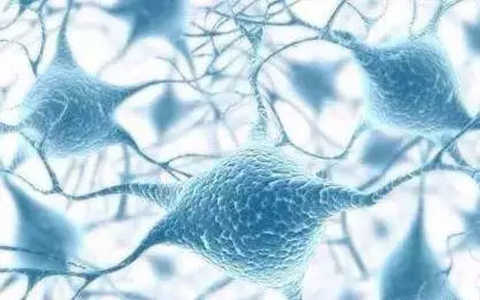
6. Precision Agriculture: In the process of crop growth, real-time data analysis is obtained through sensors and imaging technology to improve agricultural production. The Industry 4.0 revolution is providing farmers with a new set of tools that can increase the yield and quality of food while reducing the use of water and chemicals. Sensors, robots, GPS positioning systems, mapping tools, and data analysis software, all of which are used to tailor the crop to the crops they need. Although for most farmers in the world, the use of drones to monitor the health of plants in real time may still be a distant future, but less advanced science and technology are being put into use. For example, Salah Sukkarieh from the University of Sydney has demonstrated a simplified low-cost surveillance system in Indonesia that relies primarily on solar and mobile phones.
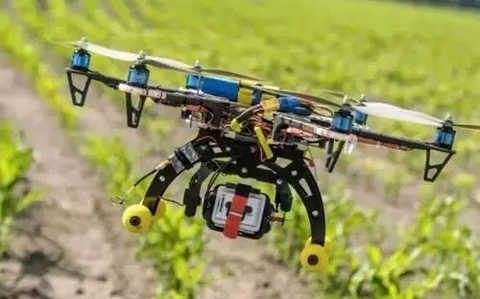
7. Affordable new energy vehicles: Reducing the amount of platinum in fuel cell catalysts can help bring hydrogen-powered vehicles to the mass market. Hydrogen fuel cells – this promising zero-emissions technology is making progress. So far, the catalyst in hydrogen fuel cells contains expensive platinum, which has hindered the development of technology. But by working hard, the current dependence on this rare and expensive platinum metal has been reduced. Recent advances include a platinum-free catalyst, some of which do not even contain metals.
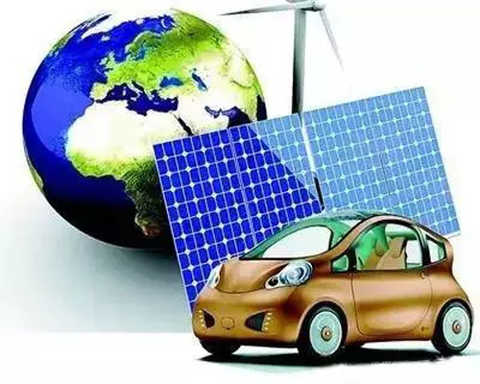
8. Gene vaccine: A non-protein vaccine synthesized by DNA or RNA, which can promote the body's immunity and prevent the spread of infectious diseases. Gene-based vaccines are superior in many ways compared to traditional vaccines. One reason is that production will be more rapid, which is more important for sudden outbreaks of disease. Producing genetic material should be simpler and less expensive than culturing proteins in cell cultures or eggs. A gene-based vaccine manufacturing method that adapts quickly when a pathogen mutates, ultimately allowing scientists to identify which populations are resistant to a pathogen, isolate antibodies that provide protection, and design gene sequences. Stimulate cells to produce these antibodies.

9. Sustainable living community: The design of environmentally friendly homes is not just about installing solar panels on a house. Designers need to connect the houses of the entire community to create a sustainable system of energy recycling and resource sharing. The use of green construction once in a variety of buildings has the potential to revolutionize the amount of energy and water we consume. If a research and development project at the University of California at Berkeley can be implemented as planned, sending locally generated solar energy to the smart microgrid can reduce electricity consumption by half and reduce carbon emissions to zero. At the same time, the project plans to redesign the water supply system to allow wastewater from toilets and sewers to be reused on the spot, allowing rainwater in toilets and washing machines to reduce the need for potable water by 70%.
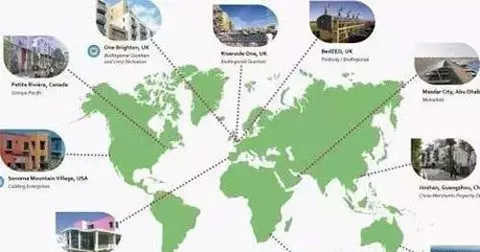
10. Quantum Computing: The development of this technology will provide strong support for solving new problems. Quantum computers have almost unlimited potential, and the only ones that rival them are the difficulty and cost of building quantum computers. This also explains why today's small quantum computers have been built, but they have not succeeded in breaking the power of supercomputers. But quantum computers are also making progress. In 2016, technology company IBM provided the public with access to the first quantum computer that provides cloud services. This initiative gave birth to more than 20 papers using quantum computing cloud services. There are currently more than 50 startups and global companies focused on making quantum computers a reality. Since quantum computers have made such progress, people’s words "quantum is ready" are blurting out.

"Scientific is a global undertaking with ambition and ability to solve the most pressing problems facing humanity. For more than 170 years, Scientific American has been an authoritative report on the field of scientific progress. We are very much." I am honored to work with the World Economic Forum to select the top ten emerging technologies of the world each year and to reveal the far-reaching impact of these technologies on the world."
The World Economic Forum's 2017 Annual Meeting of the New Champions was held in Dalian, China from June 27th to 29th with the theme of “Inclusive Growth in the Fourth Industrial Revolutionâ€. The conference will focus on the development of emerging technologies, especially its role and significance in promoting inclusive and sustainable development. More than 2,000 leaders from political, business, and other fields from more than 80 countries have made suggestions on this topic.
Share button
Editor in charge: Gao Xinyi
Seam Sealing Tape,Waterproof Seam Tape,3M Seam Sealer Tape,Seam Seal Waterproof
Jiangmen M.F.B.S. Machinery Ltd. , https://www.newpowerhk.com
